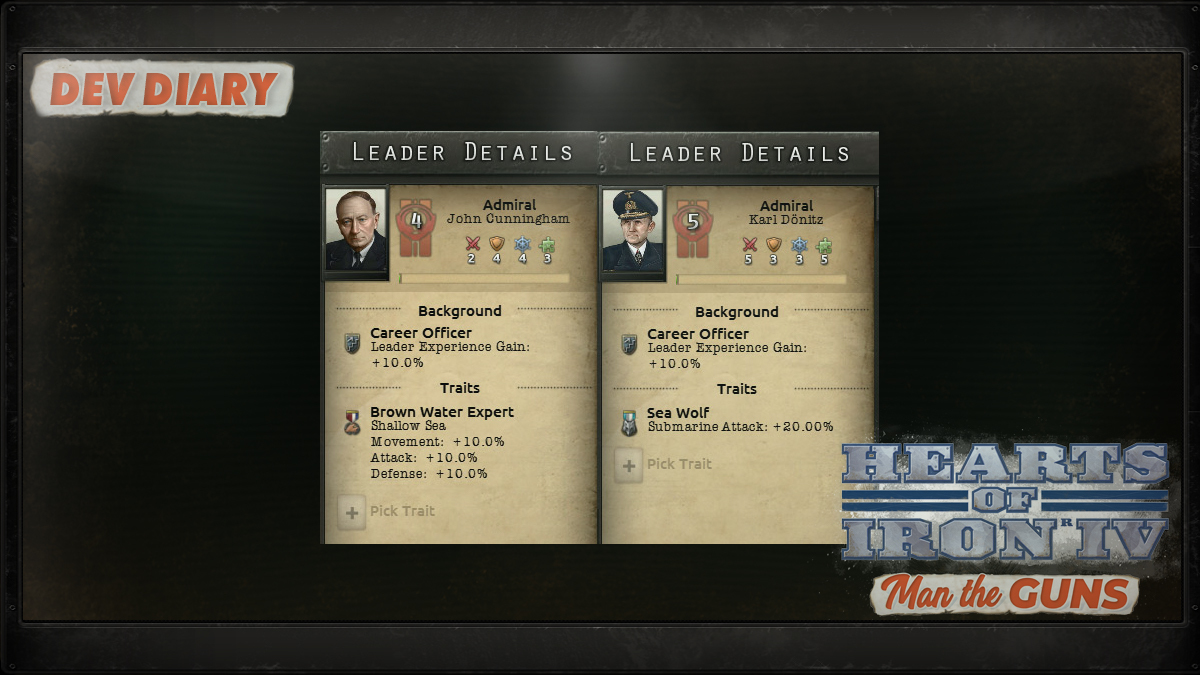

The Baltic nation will also be able to try to convert their neighbours to communism through a propaganda war. When time runs out, Belarus will be released and fight a civil war the victor will be annexed into either the victorious Baltic nation or the USSR. The Baltic state must propagandise support for unification in Belarus similar to the Spanish Civil War garrison control system. If you are independent however, Belarus must be acquired through adversarial means. In the case you sided with the Soviets, the USSR will grant you their half of Belarus with the rest coming either through war or the Molotov-Ribbentrop Pact. Once the revolution is done and your nation is communist, the player will have the option to re-establish the Lithuania-Belarus SSR. The Balts can either choose to rely on the Soviet intervention or attempt to reconcile relations with the Baltic lower classes and try to maintain their independence while establishing communism on their own. A Baltic state hoping to overthrow the government and establish an independent communist state must do so through war.

Next up, each of the Baltic States had recently endured bloody struggles against the USSR, so popular support for communism was vanishingly low. Lithuania however was uniquely very reliant on its agriculture, and thus starts the game with a variant of the “Agrarian Society” national spirit which can be slowly turned into a great benefit via their industrial tree. They may expand raw resource production in their nation, which for Estonia and Latvia means the development of their on-map resources.


Lastly, by modernising their industry, the Baltic states may become much more self-sufficient and end their reliance on foreign powers to fuel their war machine. So, the Balts can attract workers to their capital and begin their rearmament and develop their research sector. The other common issue facing the Baltics was that they had previously been occupied by the Soviets and Germany, and their industry was sorely lacking. As such, each Baltic state may decide if they wish to put their faith in the democratic nations to supply their economy, or the Axis powers to fuel the war machine. Starting up with the industrial branch, each Baltic state was in something of a similar situation economically relying heavily on foreign investment and equipment for their industry and armed forces. This week I am going to talk about the shared branches the industrial branch and the communist political branch. The Baltic States, like the Chinese, will share some branches of their focus tree while other branches will be unique to each country. In the 30s, each of the states had established authoritarian rule in fear of German and Soviet invasions, and a player hoping to survive as a Baltic state must take some extreme measures to overcome these overwhelming odds. The Baltic States were in a difficult position in the build-up to world war 2 only recently liberated from Russian and German rule and less than 20 years on from a bloody struggle against both imperialist powers. Hello and welcome to another dev diary for the Barbarossa patch! Today I’m back with you to talk about not one, not two, but three new focus trees coming with the upcoming expansion: Latvia, Lithuania, and Estonia!


 0 kommentar(er)
0 kommentar(er)
